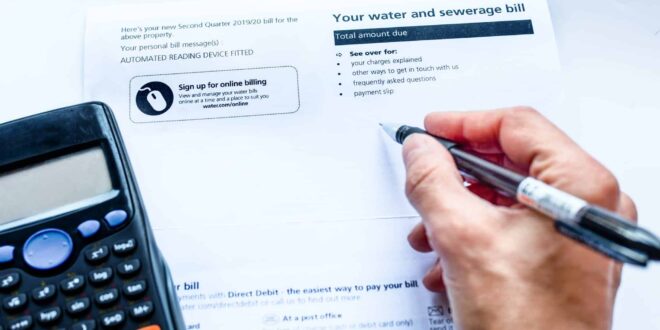Water bills can have a significant impact on our monthly budget. You need to track the bill to manage your expenses better, especially when you live in a region where the water is pricier than most parts of the world. In Wollongong, we receive our water bills every 3 months. Here we discuss how the water bills are structured and the average cost of water in Wollongong. We will further discuss what you can do to reduce water usage without compromising your comfort.
Components of Water Bill in Wollongong
A residential water bill comprises three components. You need to pay a fixed amount each quarter for having the water supply in your house. Owners of vacant lands are exempted from paying this fixed amount, while pensioners pay a lower charge.
The second part of the bill is the consumption charge. It is calculated based on your household’s water usage. The more water you use, the higher the amount is. The unit price can rise dramatically if the water levels in the dams fall below 60%. This mechanism is in place to control the drought situation.
In addition to the above charges, the third component of your bill includes a fixed charge for wastewater and sewerage services.
How much can you expect to pay?
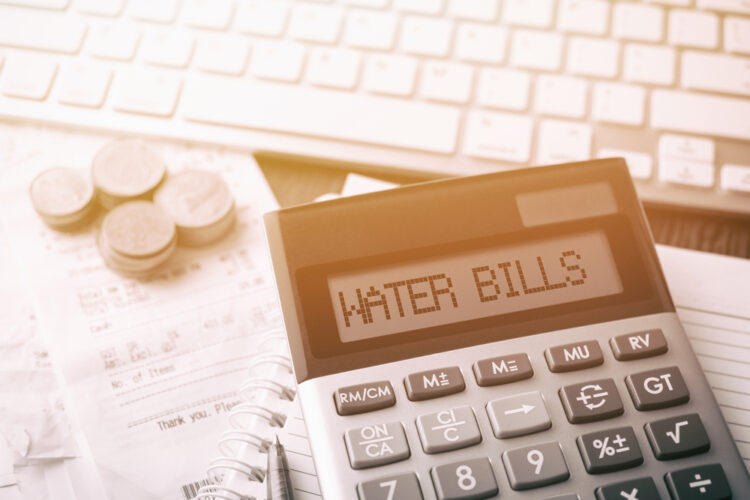
The water supplier for the Wollongong area, the Sydney Waters, sends the water bill every quarter. The January quarter comprises 90 days, the April quarter has 91 days, and July and October quarters have 92 days each. The fixed charges are determined based on a daily rate and included in the quarterly bill.
In the year 2024-22, the fixed rate for the metred connection is $12.35 a quarter (for a 92-days quarter), and the unit price for consumption charge is $2.38 a kilolitre. If the dam’s water levels go below 60%, the unit price rises to $3.22 per kilolitre. Consumers need to pay this rate until the water levels are back over 70%. Additionally, you need to pay $138.64 per quarter for wastewater (sewerage) service.
According to Curran Plumbing, a typical household in Wollongong uses 200 kl water a year, or 50 kl per quarter. Based on this estimate the quarterly usage charge stands at $2.38 x 50= $119 for non-drought and $3.22 x 50 = $161 for drought.
So, the average quarterly bill looks like $119 + $12.35 + $138.64 = $269.99 (non-drought) or $161 + $12.35 + $138.64 = $311.99 (drought).
How to reduce your water bill in Wollongong
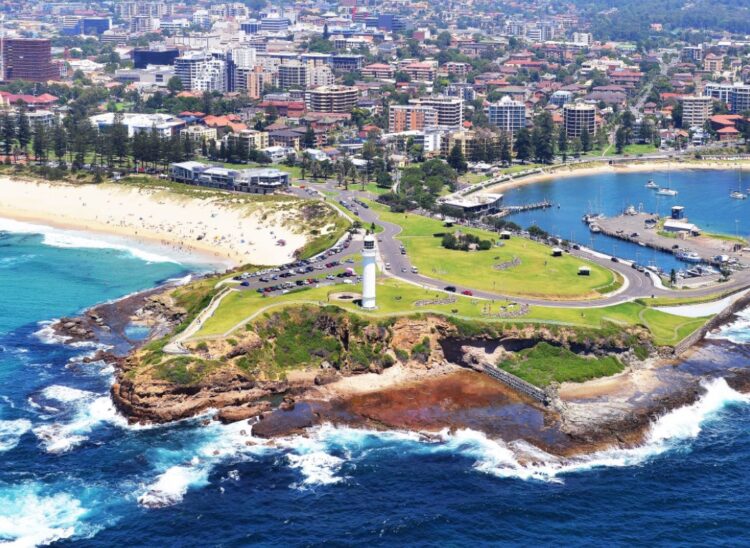
Reducing your water bill is actually easier than you think. Small changes in practice can have a significant impact on the bill. You need to be careful about the appliances you use and how you use them.
In a typical household, you use 26% of water in the shower/bath, 23% outdoors, 20% toilets, 12% in the washing machine, 12% from taps, and 1% in the dishwasher. By monitoring the usage, you can bring down your water spending.
1. Reduce water usage in the bathroom
We use the most water in the bathroom. A shower usually uses less water than a bath. To further reduce water usage, cut short your shower time. A regular shower head uses up to 10 L of water per minute, whereas a modern water-efficient shower uses as little as 6-7 L per minute.
Old single flush toilets use 11 L of water per flush. Use dual flush toilets and press the half-flush as often as possible. The older models use 5.5 L for half flush and 11 L for full flush. You can reduce it by more than 50% by replacing it with a modern dual flush toilet that uses only 4.5 L water for a full flush and 3 L for a half flush.
2. Reduce water usage in the bathroom
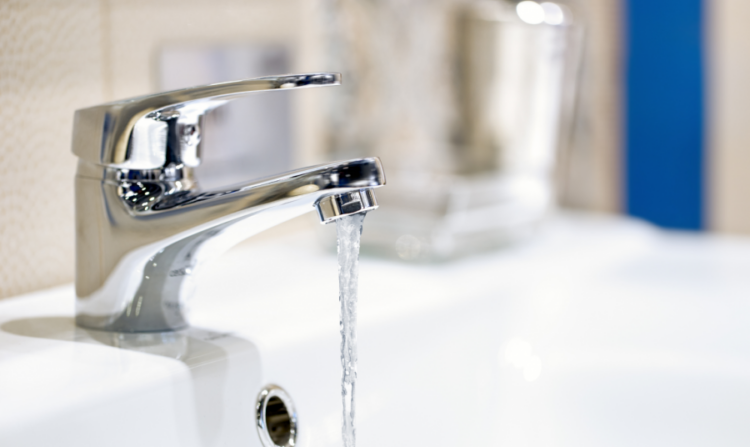
Top load washing machines use 110 litres of water per wash, and modern water-efficient front load washing machines use around 65 litres per load. These machines come with water-efficient labels marked with stars. The greater number of stars indicates less water usage. Besides using a water-efficient model, always make sure you use your washing machine only when it is fully loaded.
3. Bring down water usage in the kitchen
Modern dishwashers use around 12 litres of water per load. When you wash the same number of utensils by hand, you may end up using more than 20 litres of water. Always use a fully loaded dishwasher to save on water.
Also, plug your kitchen sink or use a bowl when washing fruits and vegetables or rinsing dishes. You will use less water and reuse the water afterwards for things like watering plants. Instead of putting frozen items under running water, defrost them in a microwave oven or thaw them in the fridge.
4. Use less water in the garden
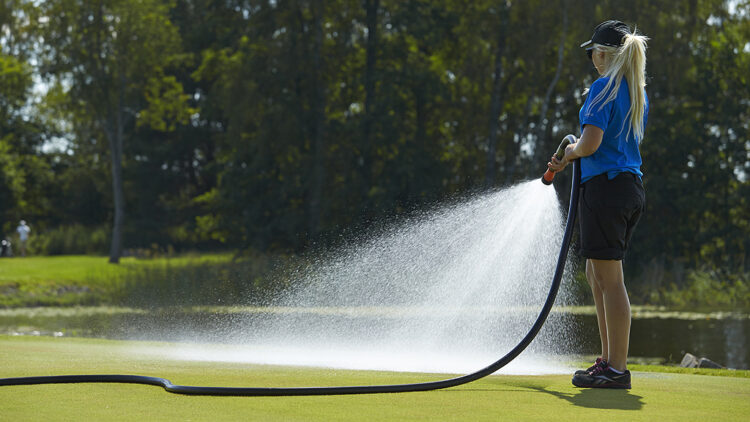
A sprinkler uses 999 litres of water per hour. Run the sprinkler only when it is necessary and water your garden and lawn early in the morning. It will help the soil retain water for longer. Also, try to use recycled water from your washing machine or bathtub in the garden and buy greenery suited to the Wollongong climate. It will help you save a huge amount of water.
5. Save water in car wash
Hose washing typically uses 180 litres of water per wash. Bucket washing can reduce the water usage to half. You should only use the hose to wash your car every now and again and a bucket for everyday use.
6. Fix the leaks
A leaking pipe or a dripping tap can prove costlier than you imagine. A dripping tap can waste up to 198 L of water per day. A leaky pipe with a 1.5 mm hole wastes 99 L of water a day. A leaky cistern can waste up to 261 L of water a day. All these add up to your bill. Fix the leak as soon as you catch it.
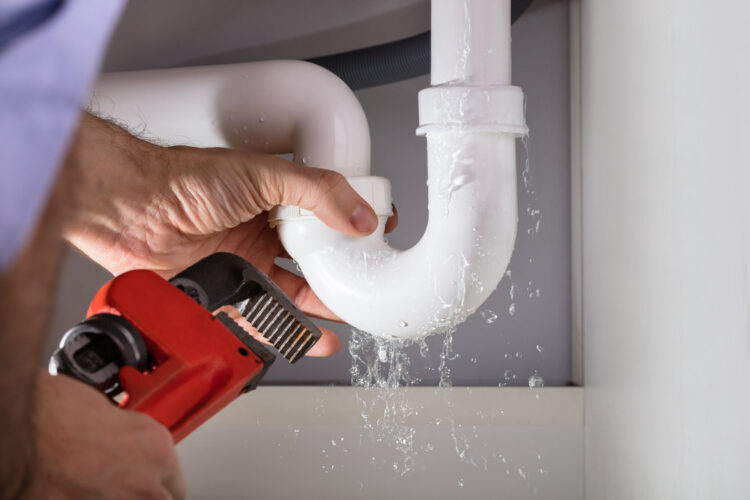
Conclusion
Reducing your water usage becomes even more critical during the drought when the water levels in the dams drop below 60% — otherwise, your water bill will get very expensive, fast! Reducing your usage helps your finances and is also important for recovering from the crisis.
 Hi Boox Popular Magazine 2024
Hi Boox Popular Magazine 2024
